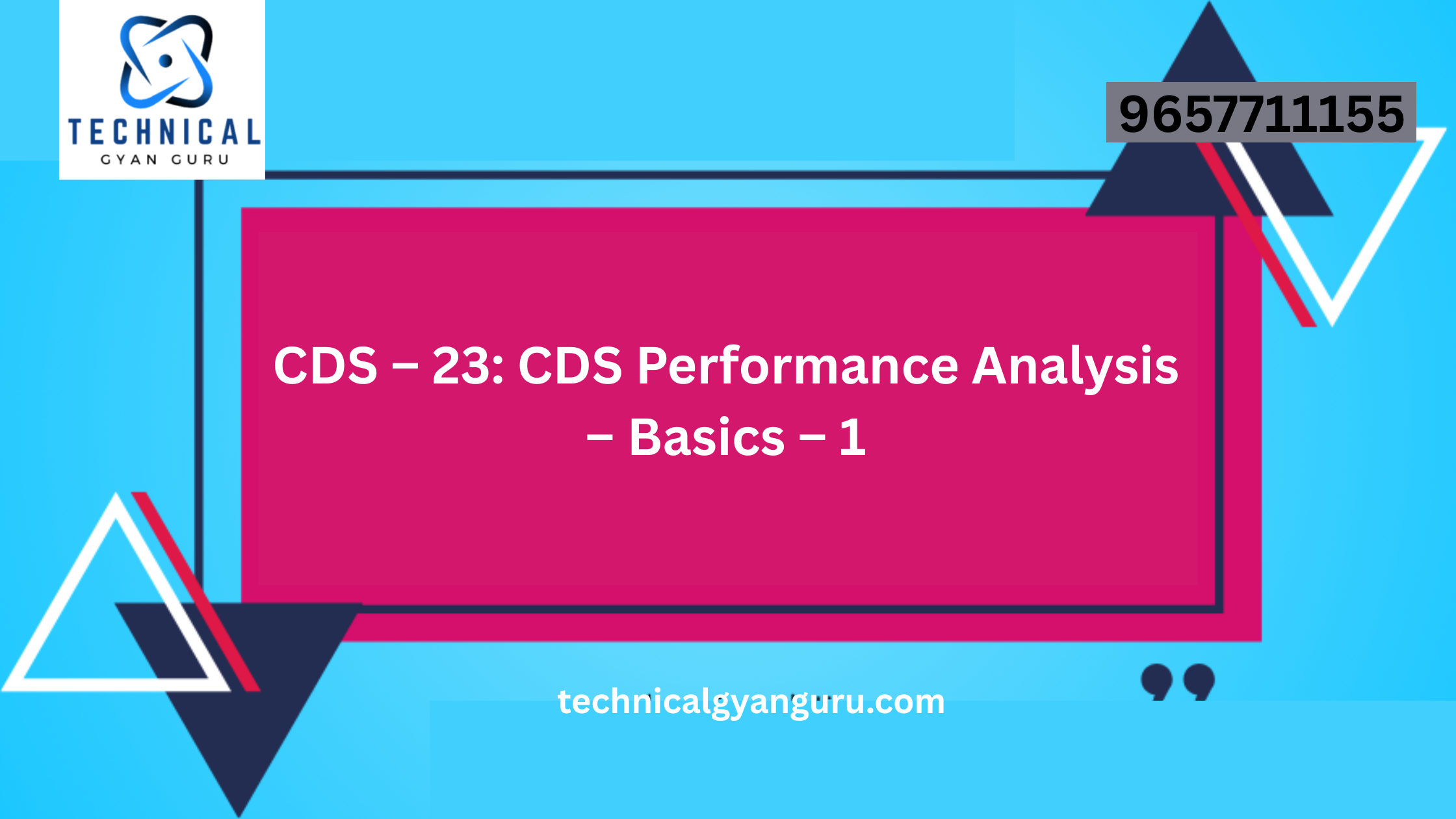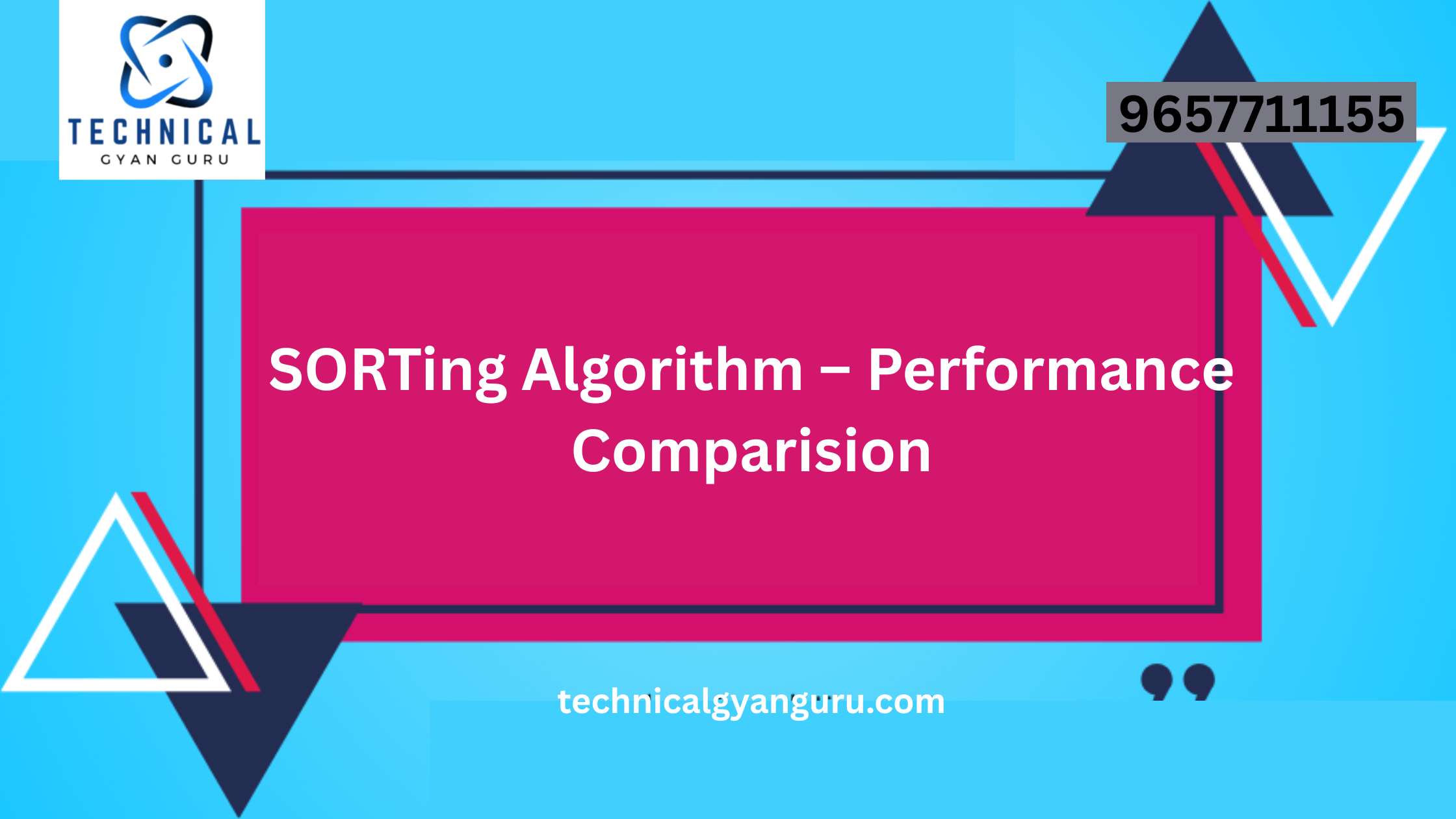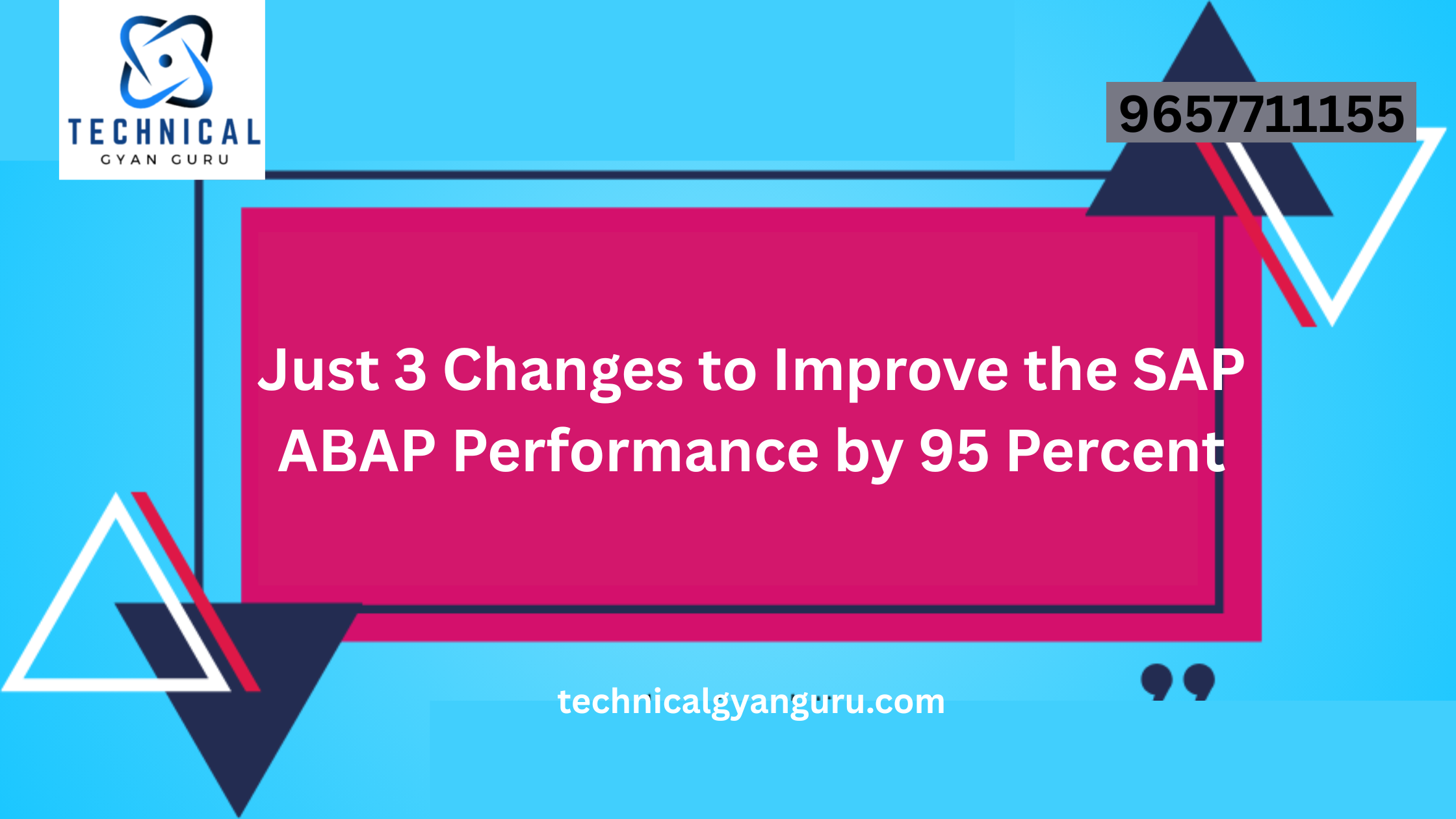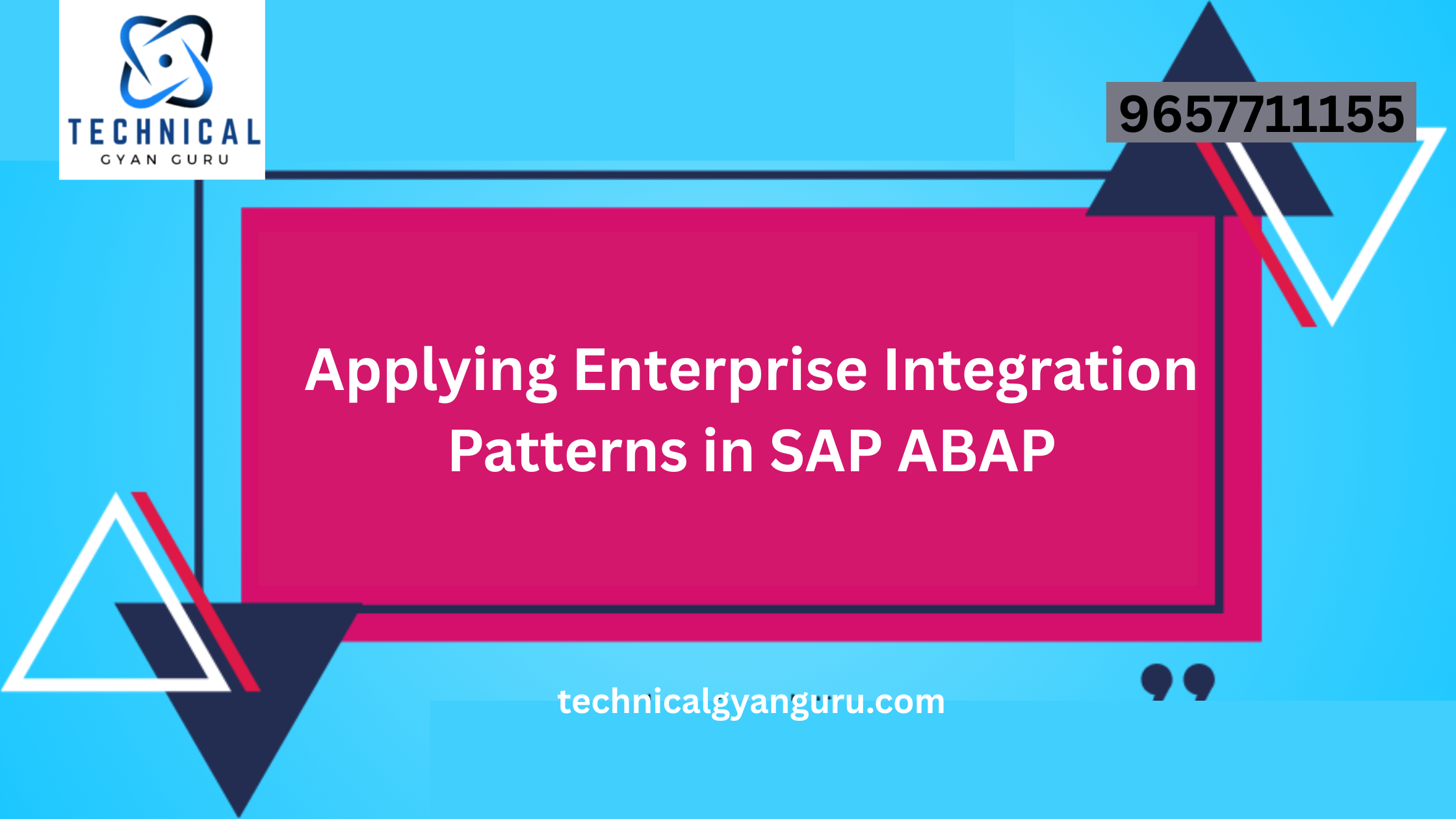Future-proofing insurance
Do you recall the future we all saw in James Cameron’s Terminator 2: Judgment Day? What once felt like a distant dream is now becoming our reality. While the world of insurance is no T-2, the impact of AI can no longer be ignored. Emerging innovations such as generative AI are rapidly transforming business landscapes, including the insurance sector. Imagine a future where the marketing, underwriting, sale, administration, and claims processes require no human involvement. It might seem improbable, but with the leverage and integration of five pivotal technologies, IoT, quantum computing, Gen AI, 5G, and cybersecurity, we are already bringing the future to the now.
Businesses, including those in the insurance industry, must proactively embrace the potential of these technologies to not only remain relevant but to thrive in the future. Imagine call centers that are no longer football field-sized rooms of desks and phones but rather a single server running thousands of voice and video bots; and the bots making proactive sales calls, taking calls for questions on claims, and providing more information on the right products for a new risk. This kind of transformation only scratches the surface of what the future can be.
The future of sensor technologies, including wearables and ingestible, will unlock our ability to track and respond in real time. We will be able to address and/or avoid potential risks such as health anomalies, emergencies, or emerging traffic situations. AI, data analytics, and sensors are all interconnected via 5G to create a super-efficient, ultra-responsive, personalized insurance ecosystem. We are not just talking about claims being handled promptly. Instead, we envision instantaneously identifying, assessing, and settling claims.
But again… that is just the beginning! These technologies are not just about reactive measures; they kick the door wide open, allowing proactive prevention. They could significantly enhance predictive capabilities for a sharper, more accurate risk assessment. Imagine advanced sensors and IoT devices acting as vigilant guardians, monitoring and mitigating potential risks in real time. As a result, Insurance claims become rare exceptions rather than the rule, completely flipping the traditional insurance model on its head.
New underwriting models and enhanced claims projections will drastically change the reserving models across markets. Imagine the impact of hundreds of millions of dollars being re-focused on business transformation, improved customer experience, new and refined products, or even community activities.
Now that we have set the stage, let us take a deep dive into how these cutting-edge technologies are beginning to revolutionize the industry:
Quoting and underwriting
IoT sensors will provide real-time data across a multitude of environments/assets, from homes to personal health, allowing more accurate and personalized risk assessments and products. 5G technology will enable faster data transmission from virtually anywhere, allowing an endless blanket of protection.
Policy issuance
Technologies like quantum computing and highly informed AI algorithms will automate and expedite policy creation, performing complex underwriting scenarios and calculations almost instantaneously.
Customer engagement
AI-driven chatbots and augmented reality interfaces will revolutionize customer interactions, providing a “near-human” level of interaction with “face-to-face” real-time advice and services without an actual human involved other than the customer.
Ongoing monitoring
AI and IoT devices will be connected across an integrated 5G mesh. They will monitor lifestyle changes, environmental factors, and the broader socio-economic landscape in real time, suggesting policy adjustments on a hyper-personalized basis.
Claims processing
IoT devices will notify providers of insurable events before they take place. They could be potential car accident corridors, weather situations that may drive wind or water damage, or increasing risks of personal health emergencies. AI algorithms will assess the situation and provide immediate advice to avoid or minimize the risk from anywhere on the planet, with 5G ensuring minimal lag in the process.
Fraud detection
Quantum Computing will allow AI models to evaluate billions of potential fraudulent events/actors using highly focused and complex algorithms. These algorithms analyze patterns and anomalies in real time across the globe within seconds.
Policy renewal
AI algorithms can be coupled with smart collection and evaluation of social media data. This will allow us to offer personalized and refined policy options based on real-time risk analysis across your entire personal eco-system.
Broader life/estate planning advice
Advanced AI models will monitor a wealth of data points, geo-political environments, cultural and environmental shifts, and any number of external market forces. Based on the analysis, they will offer suggestions for integrating insurance products and wealth management concepts into broader estate plans, adapting to our life events as they occur.
As we embark on this exciting journey of technological transformation, we must not lose sight of an essential aspect of the concept of insurance—risk management. A robust and fully aware cybersecurity umbrella will be at the center of all these coming changes. The protection of consumers and our ever-growing body of sensitive personal information is paramount. A sturdy cybersecurity framework isn’t an option; it’s a necessity. This ensures that these technological advancements bring about positive change while providing a blanket of protection to prevent harm to the consumer.
But let’s not kid ourselves – every rose has its thorns. These advanced technologies come with their own set of challenges. As the legendary Stan Lee beautifully put it in his books, “With great power comes great responsibility.” And in our context, that power is technology. The ethical and privacy implications of such advancements are significant and will require all of us to keep things in perspective and in check. One thing that cannot currently be replaced is the human conscience. We are all part of the global community and must ensure we are vigilant in our respect for one another.
To sum it up, the future of insurance will be more dynamic, responsive, and personalized than ever before, thanks to technology. We are talking about an insurance lifecycle that is increasingly automated yet more tailored to individual needs than ever before. This means a process that is much more complicated, faster, and efficient. So, here’s to the future of insurance – a future where technology and human needs coexist in perfect balance!







